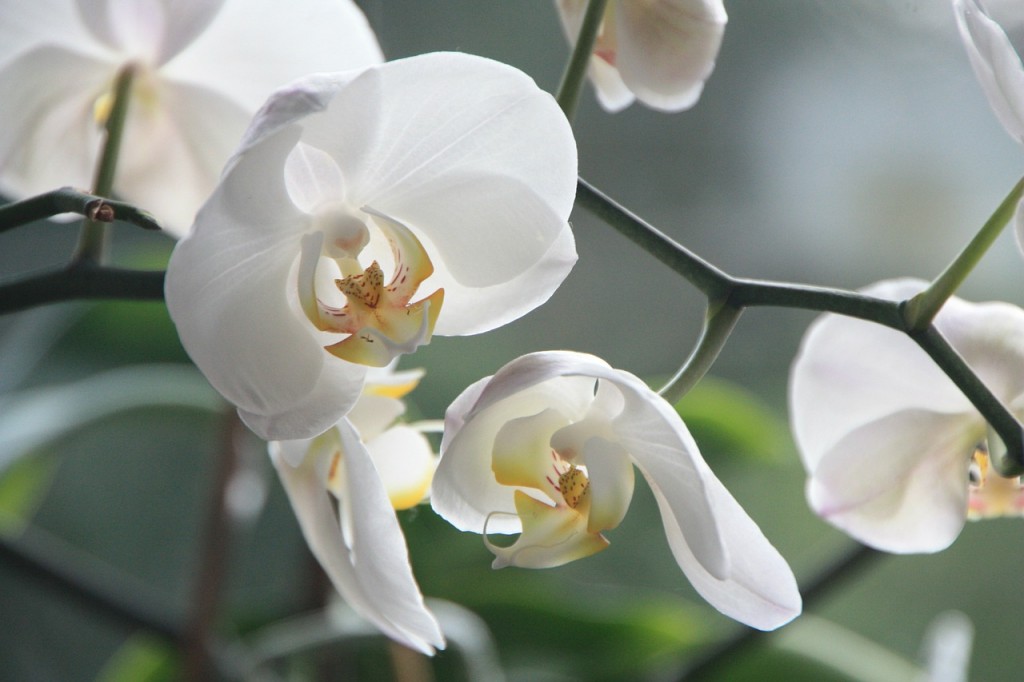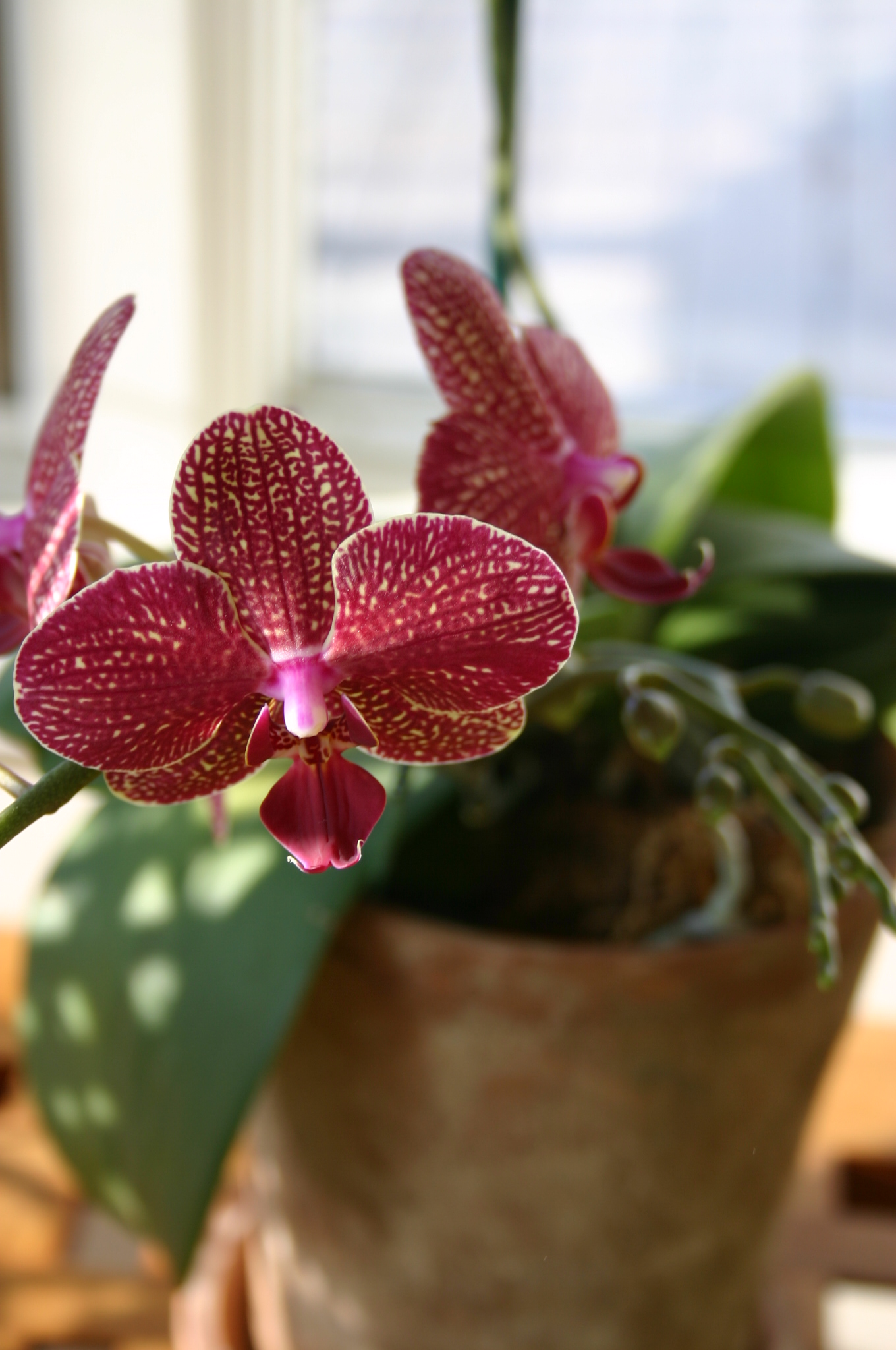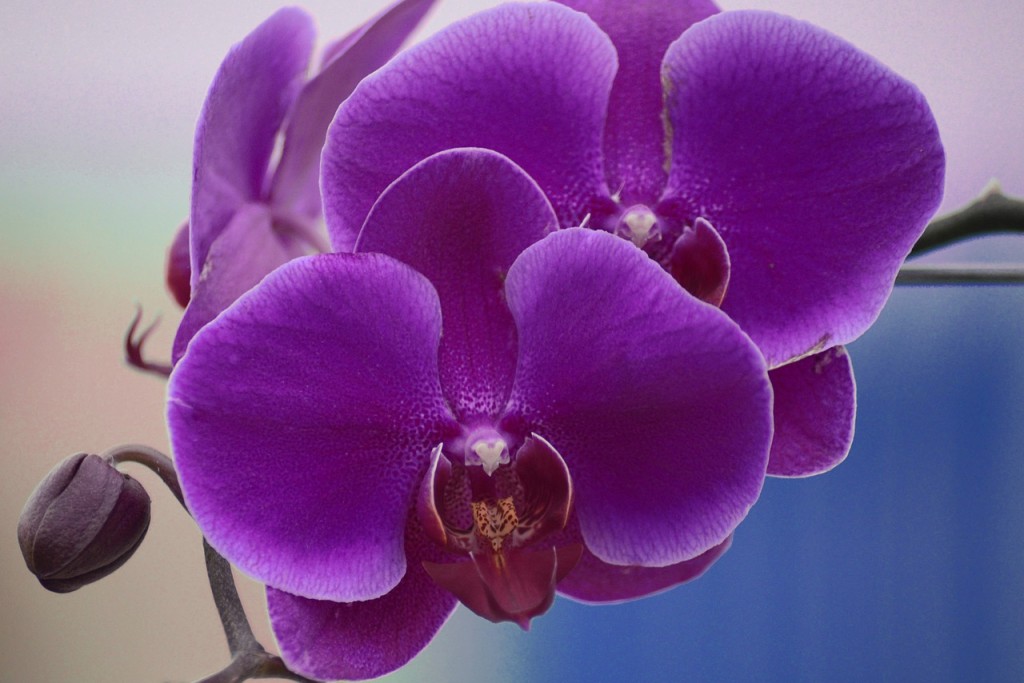
Many a greenhouse owner wants to grow orchids. Orchids, after all, are the largest family of flowering plants.
They can be found on every continent and in a wide range of settings – in rainforests, in temperate climates, and even in rather harsh environments, such as deserts and alpine regions.
Many orchids are epiphytes, which grow non-parasitically on trees with their roots exposed to air, but many others are terrestrial, having their roots in soil.
Although orchids are slow growing, their impressive beauty and great variety makes them a plant on which a greenhouse gardener can become hooked!
The good news is that you can ignore expensive plants that take specialized care and grow orchids that suit your greenhouse and budget.
Knowing where different orchid species come from is the most important factor in understanding how to care for them.
For example, knowing that a certain Masdevallia orchid comes from the cool, mist-laden highlands of Ecuador should immediately tell you that it requires different treatment than a Vanda orchid that comes from a tropical Philippine rainforest.
Your Masdevallia thrives between 2500 and 4000 meters above sea level where foggy, Pacific sea breezes rise up the Andes Mountains, creating cloud forests.
In contrast, your Vanda loves warmth as well as moisture and probably also wants slight shade. Thus, the first step in becoming a cultivator of orchids is to know about the native habitats of the orchids you want to grow.
That said, there are more than 25,000 orchid species in nature and more than 100,000 hybrids so your orchid hybrid may only loosely fit within the growing guidelines that follow.

Orchids can be classified as warm-growing, intermediate-growing, and cool-growing.
Warm-growing orchids prefer 65?F (19?C) nights, 70?F (21?C) days during winter, and up to 85?F (27?C) days during summer. Intermediate-growing orchids like nighttime temperatures around 55?F (13?C) and daytime temperatures between 65??and 85?F (19?C and 30?C) depending on the season.
Cool-growing orchids can tolerate as low as 45?F (8?C) at night during winter and seasonal daytime temperature of 70?F (21?C).
During summer, however, these plants’ preference is for 55?F (13?C) nights and 85?F (27?C) days.
Given these quite significant differences in temperature requirements, it makes sense to specialize in orchids of the same temperature classification to suit the temperature in your greenhouse, taking into account that a high humidity can sometimes expand the tolerable temperature range slightly.
Warm-Growing Orchids

The orchids sold in big-box stores are most often of the genus Phalaenopsis.
These plants are sold for growing in the home, which gives a clue to their care.
They will do fine in the temperature and humidity ranges that people find comfortable to live in.
As for light, it is best to put them in a spot near an east-facing window that gets bright light but not direct sun.
If you buy one of these orchids from a big-box store, make sure the pot drains well. If it doesn’t, your orchid is apt to get waterlogged and die.
Other options among warm-growing orchids are those from the genus Vanda.
They tend to be beautifully colorful, fragrant, and showy.
But unless you live in Florida or some other warm climate, it will be expensive to maintain these plants during winter at the top end of their temperature range.
Intermediate-Growing Orchids
To select orchids that like intermediate temperatures, look in the genus Paphiopedilum or Cattleya.
Other genus options with intermediate-growing species include: Angraecum, Brassavola, Dendrobium, Encyclia, Epidendrum, Laelia, Oncidium, and Zygopetalum.
Cool-Growing Orchids

Orchids from the genus Cymbidium are high-altitude plants often originating in the Himalayas, while Odontoglossum is another high-altitude genus, most of which come from the Andes. Both are adapted to the cool climates on mountainsides.
Other cool-growing orchids (which typically derive from mountain cloud forests) include species of Masdevallia, Miltonia, Paphiopedium, and Sophronitis.
But note that an orchid genus can sometimes include both cool- and warm-growing species, so be sure to research the specific ones you buy.
Next Month, I will give you advice on the practical issues of heat, fertilizer and soil for Orchids.










